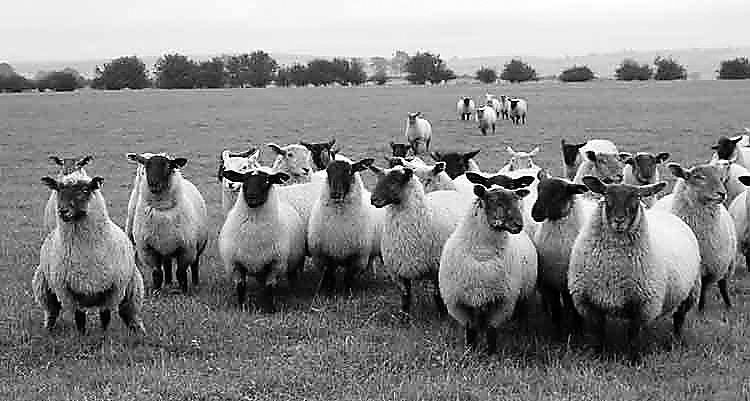
A NEW study has found that SARS-CoV-2 could theoretically infect a large number of mammals. The research, which appears in the journal Scientific Reports, identifies important animal species that should be the focus of future real-world observations. As a type of coronavirus, SARS-CoV-2 emerged from a non-human animal — thought possibly to be a horseshoe bat — via an intermediary non-human animal that is yet to be determined. To identify which species could be susceptible to the virus, the researchers behind the present study developed a computer modeling system. SARS-CoV-2 infects a host cell by attaching to ACE2 proteins. It is very effective at this in humans. As well as ACE2 proteins, the transmembrane serine protease TMPRSS2 is central to the virus’s ability to infect a host cell. However, the ACE2 and TMPRSS2 proteins vary between species, so the virus may be able to infect non-human animal cells. By using sophisticated computer models drawing on a variety of data, the researchers were able to identify species that theoretically may be more susceptible to the virus than others. In total, the researchers found evidence that 26 animal species that regularly come into contact with people may be susceptible to infection with SARS-CoV-2. In particular, they found that the binding process between the virus and the host ACE2 protein in sheep and great apes is likely to be as strong as it is in humans. Sheep are a particular concern, given their prevalence in agricultural settings in many parts of the world. (SD-Agencies) | 
